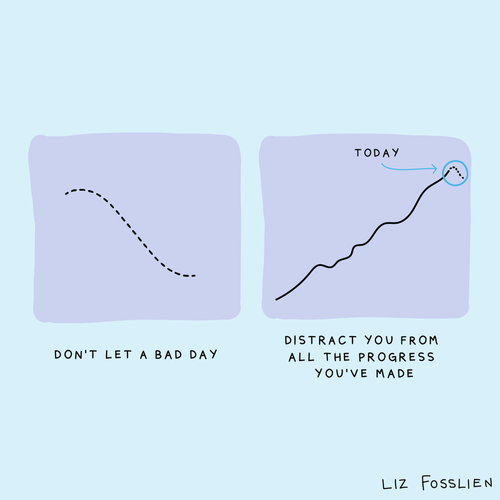the key to lasting transformation (is integration)
Everyone loves having a breakthrough. That moment when the aha drops in, when something changes, and you can suddenly see things in a different light. You feel so inspired, so motivated, so empowered, and you can suddenly see different opportunities and sense your true potential.
But can you think of a time that you had a breakthrough, and you were moving with momentum along a new path – and then, without really realising that it was happening, you lost your way? Somehow, maybe without even knowing why, you found that you’d reverted to your old habits.
One thing that I know for sure is that having a breakthrough isn’t enough on its own to create lasting transformation. It’s necessary that the new insight is turned into action. It needs to be embodied. The question is how can you take your new awareness from the level of your mind and translate it into what you do in your day-to-day life?
This process is called integration and it’s an essential element of transformation.
To me, integration is so important that I make sure to allow time for integration within every session that I have with a client. I also build it into the programs that I create as it’s important to me to offer opportunities for people to experience real transformation, beyond the initial breakthrough moment.
Here are my top 3 tips for successfully navigating the integration process:
Take your time – and take action
There are two seemingly paradoxical truths about integration. It’s true that it can take some time to fully integrate a new insight, awareness or understanding into your life. And it’s also true that it’s important to get started on the process as soon after your aha moment as possible.
Typically, I recommend that my clients decide on one small action step inspired by the new insight that they can take within 24 hours.
Notice what you notice
It’s helpful to document your integration process in one way or another. Some people like to write in a journal, some people prefer to note down a few dot points, others may choose to capture their experiences in a voice note. What matters is that you choose a way that suits you to record your thoughts, emotions and ideas that are coming up.
Start by noting down your initial breakthrough experience. Then, in the days following your breakthrough moment, simply start to notice what you notice. Write down all the evidence that you notice of how things have changed or are changing as a result of your new insight. When you notice something (a thought, a behaviour, an emotion) that seems to be in conflict with your new learning, start by appreciating the fact that you have become aware of the conflict – and then consider how you could use this awareness to guide your next action step.

Especially in those moments where it feels like you’ve taken one step forward only to take two steps back again, I find it helpful to remember that growth isn’t linear.
I also find it supportive to let your perspective zoom out so that it’s easier to see that setbacks aren’t a problem, they’re just part of the process.
Click here to read some more tips to make building a new habit feel easier and here are some things to consider when you feel like you’ve been putting in the effort but you’re still not seeing the results you want (yet).
Watch your language
I wholeheartedly believe that language is important and that small changes in language can have a big impact.
Pay attention to the words that you tend to use – when speaking with others and with your inner voice.
Here are a few common ones to listen out for – and some alternatives you might want to try:
+ Black and white statements. Notice where using words and phrases like sometimes, often, or tend to would be more appropriate than saying always (or never).
e.g. In the past I tended to [say/do/think …] or I sometimes/often [say/do/think …] (rather than I always [say/do/think …])
+ Using the present tense to refer to your past thoughts and behaviour. Notice where it would be appropriate to use words like in the past, previously, before etc.
e.g. In the past I used to [say/do/think …]
When all else fails, try giving yourself a break. Stop, take a breath (or two) and remind yourself that at any time you can choose to reset your intention to continue integrating your new learnings. No matter where you are right now, you can decide the direction that your next step takes you. So, where is it that you’re headed?
If you’re a high achiever who is ready to step up to the next level and start making even more of an impact in the world, check out my Uplevel program here.